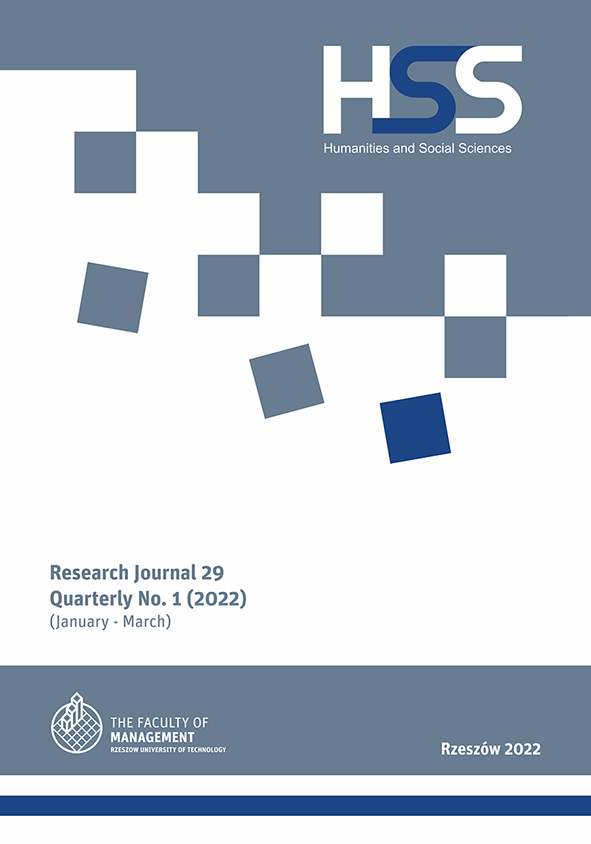Abstract
Civil-military relations have constituted one of the areas of research in the field of military sociology for a number of years. It is all the more justified as the military, being a social institution, operates in a given local community at the mezzo-sociological level, creating not only a national security protection system but also a social security system for residents of the towns and cities with military home stations. The non-military nature of the relationship is one of the most important elements between the military and members of a local community. The integrating activities carried out in the places where the military units are stationed became the basis for conducting research on the perception of the 21st Podhale Riflemen Brigade in this role by the inhabitants of Rzeszów, Przemyśl, Jarosław, Nisko, and Kłodzko. The research was carried out by means of a diagnostic survey using a questionnaire and the analysis of available documents. The results obtained can be used to better understand the role played by military units in local communities and to establish an appropriate information policy.
References
Commander’s Guide to Community Involvement. Range Commanders Council Sustainability Group, Department of Defense, Washington 2012 [Access: 16.11.2021]. Access on the internet: https://www.repi.mil/Portals/44/Documents/Primers/Primer_CommunityInvolvement.pdf
Czekaj D. (2021). Pomiędzy wojskiem a społecznością lokalną. Studium socjologiczne. Rzeszów: Wydawnictwo Politechniki Rzeszowskiej.
Giddens, A. (2006). Sociology. Cambridge: Polity Press.
Karp, A. (2000). 21 Brygada Strzelców Podhalańskich im. gen. bryg. Mieczysława Boruty-Spiechowicza. Rzeszów: Agencja Poligraficzno-Wydawnicza Sandra.
Nuciari, M. (2006). Models and Explanations for Military Organization: An Updated Reconsideration [w:] Caforio, G. (red.), Handbook of the Sociology of the Militarys. New York: Wyd. Springer.
Olechnicki, K., Załęcki, P. (1998). Słownik socjologiczny, Toruń: Graffiti BC.
Sirko, S., Kozuba, J., Piotrowska-Trybull, M. (2019). The Military’s Links with Local Communities in the Context of Sustainable Development [Access: 14.11.2021]. Access on the internet: https://mdpi-res.com/d_attachment/sustainability/sustainability-11-04427/article_deploy/sustainability-11-04427.pdf. DOI: 10.3390/su11164427.
Skąpska, G., Ziółkowski, M. (1998), Instytucja społeczna [w:] Kwaśniewicz, J. (red.), Encyklopedia socjologii A–J, t. 1.Warszawa: Oficyna Naukowa.
Surmacz, A. (2001). 21 Brygada Strzelców Podhalańskich im. gen. bryg. Mieczysława Boruty-Spiechowicza 1993–2013. Rzeszów: Wydawnictwo i Drukarnia Diecezji Rzeszowskiej.
Szacki, J. (2002). Historia myśli socjologicznej, Warszawa: PWN.
Turner, J. (1997). The Institutional Order: Economy, Kinship, Religion, Polity, Law, and Education in Evolutionary and Comparative Perspective. New York: Longman Pub Group Publisher.
Turner, J. (1998). Socjologia. Koncepcje i ich zastosowanie. Poznań.


